Nurse research shows multiple interventions reduce falls
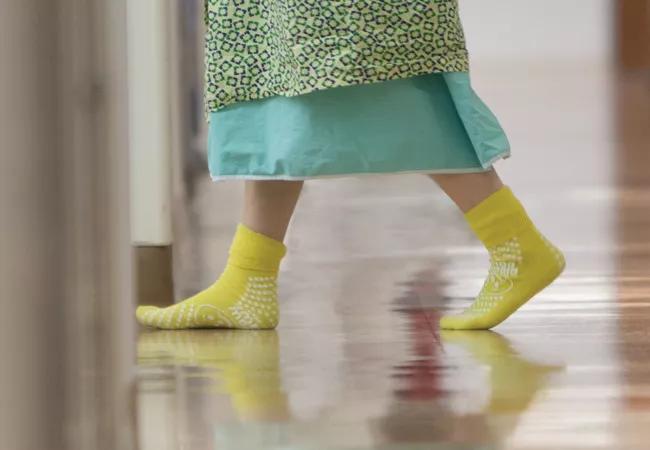
Multiple interventions may be more effective than single interventions in preventing falls, according to research by nurses at Cleveland Clinic’s Medina Hospital.
Advertisement
Cleveland Clinic is a non-profit academic medical center. Advertising on our site helps support our mission. We do not endorse non-Cleveland Clinic products or services. Policy
“We really saw a decrease in falls after the implementation of fall prevention bundles,” says Brenda Welch, MSN, MHA, RN, nurse manager at Medina Hospital. The protocols, implemented on two of the units at Medina Hospital, include multiple touch points for RNs, patient care nursing assistants (PCNAs) and health unit coordinators to utilize in an effort to ensure the lowest possible fall risk for a patient.
Unlike typical single measures such as signs in the patient’s room, bundles include all of the following:
The bundles were implemented in 2013 and Welch, along with Sandra Seidlecki, PhD, RN, CNS, and James Bena, MS, analyzed falls data from before and after these efforts. They found a 41 percent decrease in falls in the 11 months after implementation as compared with the 11 months prior to the bundles.
Welch says getting buy-in from all of her staff and consistent use of all of these available falls prevention tools is key.
“I give all of the credit to my staff — both RNs and PCNAs — for working as a team,” she says. “You could not reach these goals without working together.”
Advertisement
The bundles, she says, are now “hardwired” protocols on her units.
While falls prevention strategies are a top priority for nursing units, education around them — often in the form of computer-based training — can be mundane. An innovative education initiative that began on a medical surgical telemetry unit has changed that across the Cleveland Clinic health system.
“Ready for Takeoff” is an interactive learning module developed as a fresh approach to education on falls prevention. Drawing on the similarity of airplane pilot safety checks to nurses’ safety checks, the module requires participants to work through staged real-life scenarios in empty patient rooms to assess fall risk, assist patients on the move and react to a patient falling.
The hands-on nature of the 30-minute module is what has made it successful, says Ann Marie Flannery, BSN, RN, Nursing Quality Program Manager at Cleveland Clinic’s Medina Hospital where the training began.
“The more senses you involve in learning, the more effective it is,” she says.
After “Ready for Takeoff” was implemented in 2013, this medical-surgical unit experienced a reduced number of fall-related injuries (zero falls with injury in the fourth quarter of the year). She credits that to an increased number of assisted or witnessed fall events in which staff was available and able to provide immediate action.
After the module’s initial success, it was introduced systemwide and thus far, almost 2,000 caregivers have been educated.
Photo credit ©Russell Lee
Advertisement
Advertisement
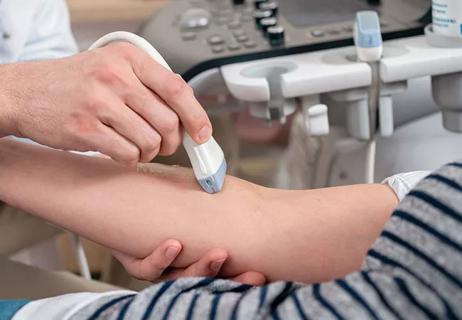
Study shows ultrasound can be valuable tool for improving patient satisfaction by reducing failed IV insertions
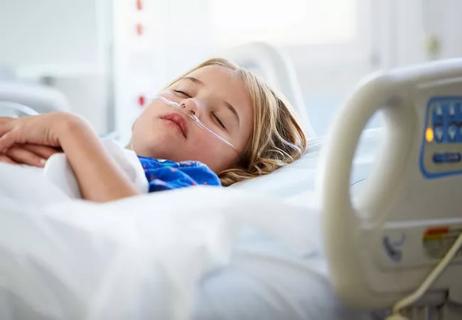
New system uses vital signs to predict need for further intervention

Findings reveal personal and professional factors that influence nurses’ interest in medical research
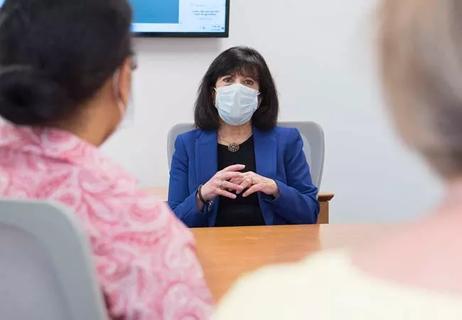
Nurse scientists bridge divide between bench and bedside

Individual and population factors play a role
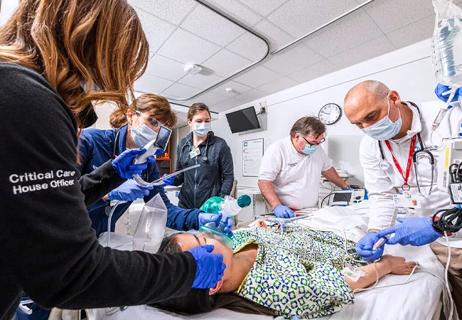
Study looks at cardiopulmonary arrest and activation rates
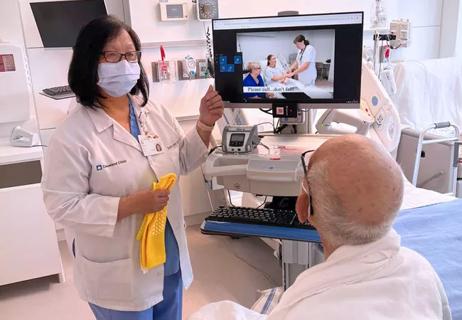
Video education and nurse-led reinforcement help with fall risk awareness
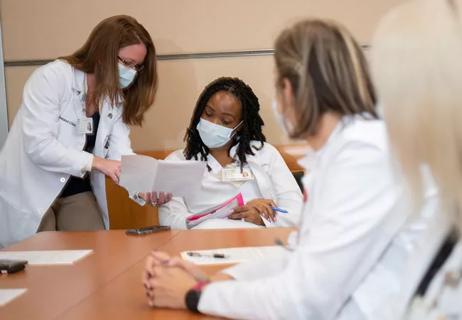
Further research into collaborations may help strengthen nursing science